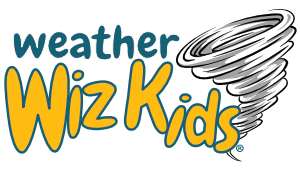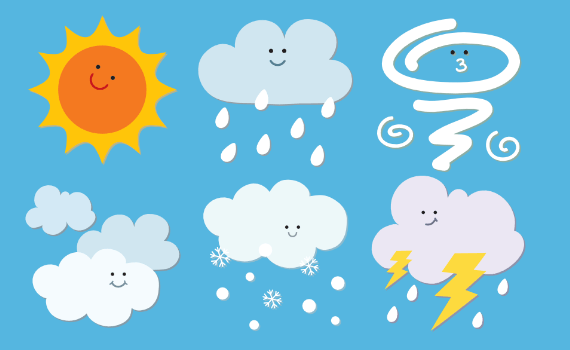
Weather
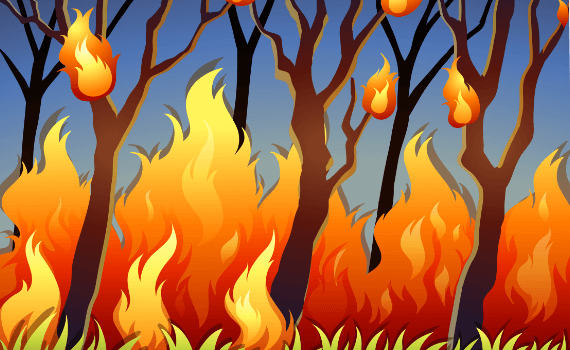
Natural Disasters

Experiments
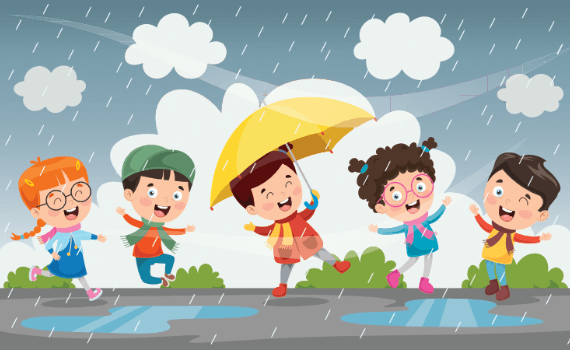
Kid's Zone
Weather Instruments
A THERMOMETER measures the air temperature. Most thermometers are closed glass tubes containing liquids such as alcohol or mercury. When air around the tube heats the liquid, the liquid expands and moves up the tube. A scale then shows what the actual temperature is.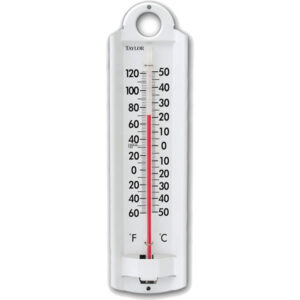
A BAROMETER measures air pressure. It tells you whether or not the pressure is rising or falling. A rising barometer means sunny and dry conditions, while a falling barometer means stormy and wet conditions. An Italian scientist named Torricelli built the first barometer in 1643.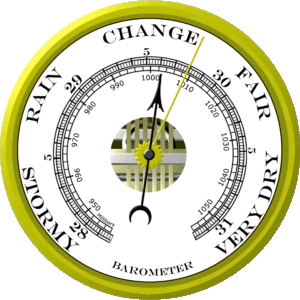
A SLING PSYCHROMETER measures relative humidity, using the cooling effect of evaporation. Two thermometers are used in a sling psychrometer. Wet the cloth of one of the thermometers and swing the psychrometer around a few times. Water evaporates from the cloth, causing the temperatures on that thermometer to be lower than the other.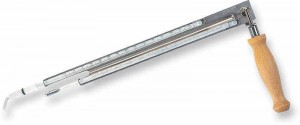
A RAIN GAUGE measures the amount of rain that has fallen over a specific time period.
A WIND VANE is an instrument that determines the direction from which the wind is blowing.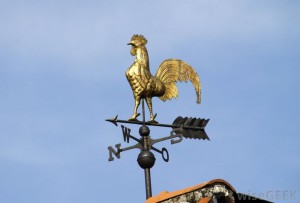
An ANEMOMETER measures wind speed. The cups catch the wind, turning a dial attached to the instrument. The dial shows the wind speed.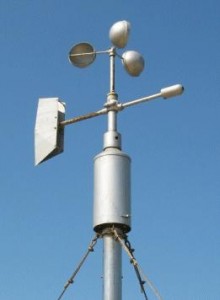
A WIND SOCK is a conical textile tube, which resembles a giant sock, designed to indicate wind direction and relative wind speed.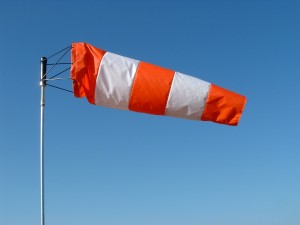
WEATHER MAPS indicate atmospheric conditions above a large portion of the Earth’s surface. Meteorologists use weather maps to forecast the weather.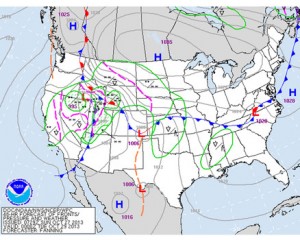
A HYGROMETER measures the water vapor content of air or the humidity.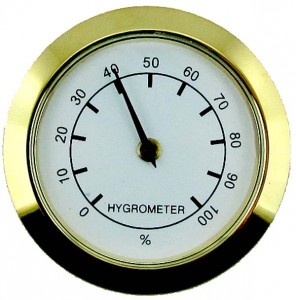
A WEATHER BALLOON measures weather conditions higher up in the atmosphere.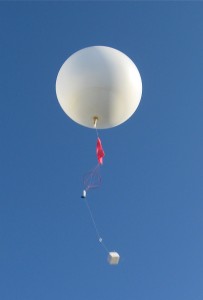
A COMPASS is a navigational instrument for finding directions.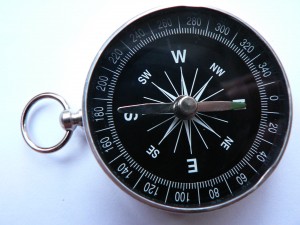
WEATHER SATELLITES are used to photograph and track large-scale air movements. Then meteorologists compile and analyze the data with the help of computers.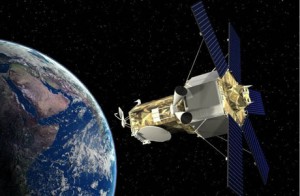
YOUR EYES are one of the best ways to help detect the weather. Always keep an eye at the sky and you’ll usually be on top of weather conditions.
What is radar?
Radar is an electronic instrument, which determines the direction and distance of objects that reflect radio energy back to the radar site. It stands for Radio Detection and Ranging. This is what meteorologists use to see rain or snow.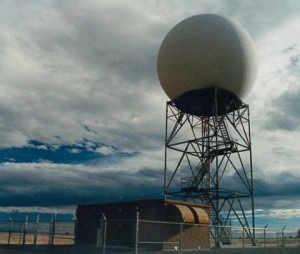
What is Doppler Radar?
Doppler Radar detects precipitation intensity, wind direction and speed, and provides estimates of hail size and rainfall amounts. Doppler Radar gives forecasters the capability of providing early detection of severe thunderstorms that may bring strong damaging winds, large hail, heavy rain, and possibly tornadoes. Combined with satellites, radar gives forecasters the ultimate tools to provide accurate forecasts and advanced severe weather warnings.
How does Doppler Radar work?
Doppler Radar gets its name from the Doppler Effect. Have you ever listened to a train whistle as it was coming toward you? You probably noticed that the pitch of the whistle changed as the train passed you and moved away. This change in the frequency of sound is called the Doppler Effect. Doppler Radar measures the changes in the frequency of the signal it receives to determine the wind.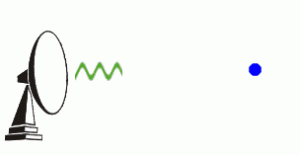
What is NEXRAD Radar?
The National Weather Service has installed a new type of Doppler Radar called NEXRAD Radar. NEXRAD stands for Next Generation Radar. This radar produces many different views of storms and rain that allows meteorologists to determine if a storm could be severe.![]()
Thermometer Experiment: Here is a great experiment that allows the kids to make a thermometer.
Rain Gauge Experiment: Here is an experiment that allows a kids to make their very own rain gauge.
The Doppler Effect Experiment: Here is an experiment that teaches kids what the Doppler Effect is. They can learn how the Doppler Effect works and why Doppler Radar is such as important tool in weather forecasting.
Anemometer Experiment: Here is another great experiment that lets kids make an anemometer or wind vane.
Windsock Experiment: Here is an experiment that allows the kids to make a windsock.
Pressure Experiment: Here is an experiment that shows how pressure is created in our atmosphere by sucking an egg in a bottle. This is a very cool experiment!
Make A Barometer Experiment: Here is an experiment that allows the kids to make a barometer.
Make A Barometer Experiment 2: Here is an experiment that allows the kids to make a barometer.
Science Fair Project Ideas: Here is a complete list of science fair project ideas. Discover the science behind the weather that impacts us every day.
